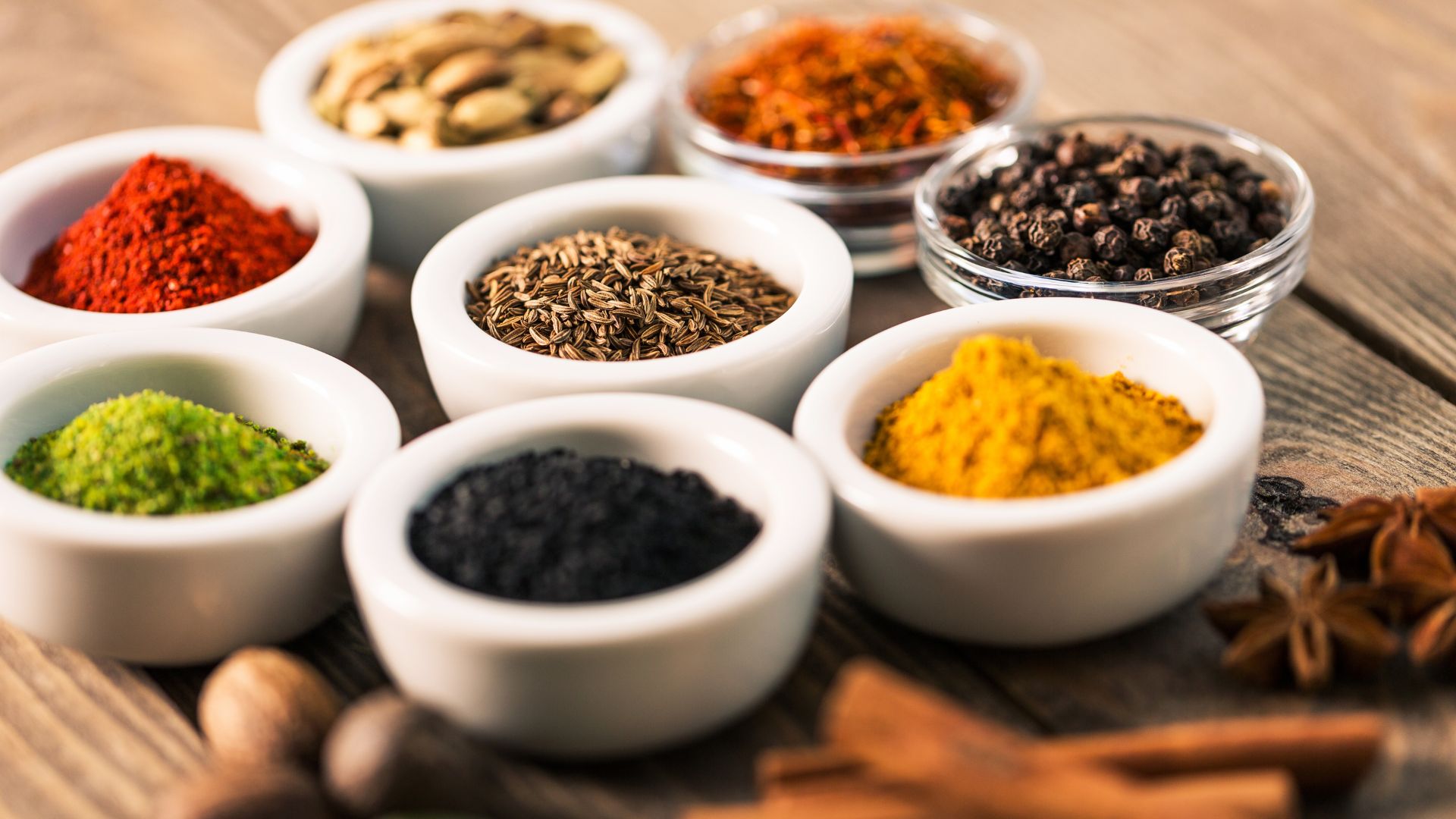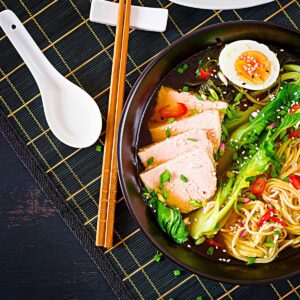Spices are the secret ingredients that can elevate any dish from ordinary to extraordinary. The art of spice pairing involves understanding the complex flavors and aromas of different spices and combining them in harmony to create a symphony of taste sensations. In this article, we will explore the principles of spice pairing, providing you with valuable insights and tips to unleash the full potential of spices in your culinary adventures.
1. Understanding Flavor Profiles
To master the art of spice pairing, it’s crucial to understand the flavor profiles of various spices. Some spices, like cumin and coriander, have earthy and warm flavors, while others, such as cinnamon and cloves, impart a sweet and aromatic essence. By familiarizing yourself with the primary flavors of different spices, you can begin to create thoughtful combinations that complement and enhance each other.
2. Balancing Intensity
Balancing the intensity of spices is essential to avoid overwhelming or dulling the overall flavor of a dish. Strong spices like chili powder or black pepper should be used sparingly, while milder spices like paprika or nutmeg can be added in slightly larger quantities. Experiment with different ratios to find the right balance that allows each spice to shine without overpowering the palate.
3. Contrasting and Complementing Flavors
Pairing spices that offer contrasting or complementary flavors is an excellent way to create depth and complexity in your dishes. For example, the warmth of ginger can be balanced with the citrusy tang of lime, or the earthiness of turmeric can be complemented by the floral notes of cardamom. Think about how each spice interacts with others to create a harmonious blend that enhances the overall taste experience.
4. Considering Regional and Cultural Pairings
Spice pairing is often influenced by regional and cultural traditions. Different cuisines have developed unique combinations that have stood the test of time. Exploring these traditional pairings can provide inspiration and guidance for your own culinary experiments. For instance, Indian cuisine often combines cumin, coriander, and turmeric, while Middle Eastern cuisine pairs cumin with sumac or za’atar. Embrace the diversity of global spice pairings to expand your flavor repertoire.
5. Experimentation and Personalization
The beauty of the art of spice pairing lies in its endless possibilities. While there are general guidelines to follow, don’t be afraid to experiment and personalize your spice combinations. Taste is subjective, and your palate may have preferences that differ from established norms. Trust your instincts, be adventurous, and let your creativity guide you. Keep a record of your experiments to refine your skills and develop your own signature spice blends.
6. Textures and Aromas
When considering spice pairing, don’t limit yourself to flavors alone. Pay attention to the textures and aromas that spices bring to the table. Some spices, like mustard seeds or sesame seeds, provide a delightful crunch when toasted and sprinkled over dishes. Others, such as cloves or star anise, infuse a dish with enticing aromas that stimulate the senses. By incorporating spices with diverse textures and aromas, you can elevate the overall dining experience.
7. Seasonal Pairings
Just as seasonal produce plays a significant role in cooking, spices can also be chosen based on the time of year. Consider the warming spices like cinnamon and nutmeg for cozy winter dishes or the vibrant and refreshing notes of mint and coriander for summer recipes. Adapting your spice pairings to the seasons can create a harmonious connection between your culinary creations and the natural rhythms of the year.
8. Spice Pairings for Different Protein and Vegetable Sources
Spice pairing can also be tailored to specific ingredients. Different proteins and vegetables have unique flavor profiles that can be enhanced with the right spice combinations. For example, the robust flavors of beef can be complemented with smoky paprika or spicy chili, while delicate fish can be enhanced with fragrant spices like dill or fennel. Experimenting with spice pairings for different ingredients will allow you to uncover exciting flavor combinations.
9. The Art of Layering Spices
Layering spices is a technique used to build complexity in dishes. Rather than adding all the spices at once, consider incorporating them at different stages of cooking to allow their flavors to develop and mingle. For instance, sautéing onions with cumin and coriander seeds before adding ground spices like turmeric and paprika can create a multi-dimensional flavor base. By layering spices, you can create depth and richness in your dishes.
10. The Role of Acid and Sweetness
In addition to spices, the inclusion of acid and sweetness can play a vital role in balancing flavors. Sour elements like lemon juice or vinegar can brighten the overall taste and cut through the richness of certain spices. Similarly, a touch of sweetness from honey or maple syrup can help counterbalance the heat or bitterness of certain spices. Understanding how acid and sweetness interact with spices can further enhance your pairing skills.
Mastering the art of spice pairing is a journey of exploration and discovery. By understanding the flavor profiles, balancing intensities, contrasting and complementing flavors, considering cultural traditions, and embracing experimentation, you can unlock a world of culinary possibilities. So, head to your spice rack, unleash your creativity, and embark on a flavorful adventure that will tantalize the taste buds of those fortunate enough to savor your creations.












